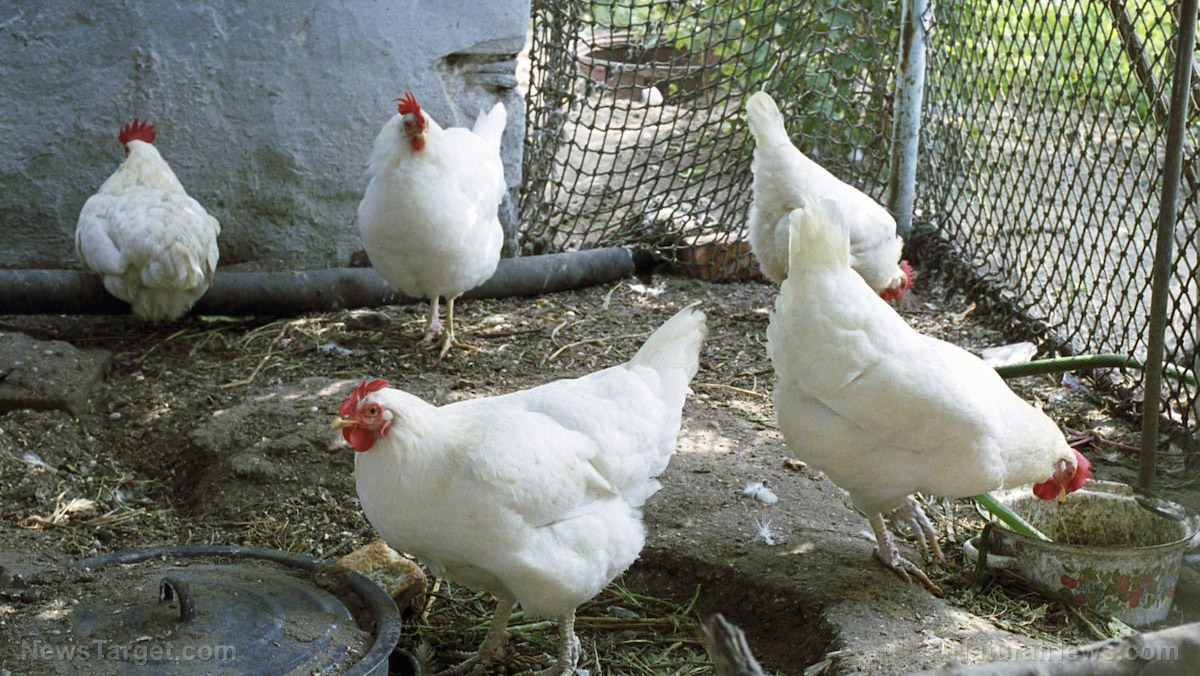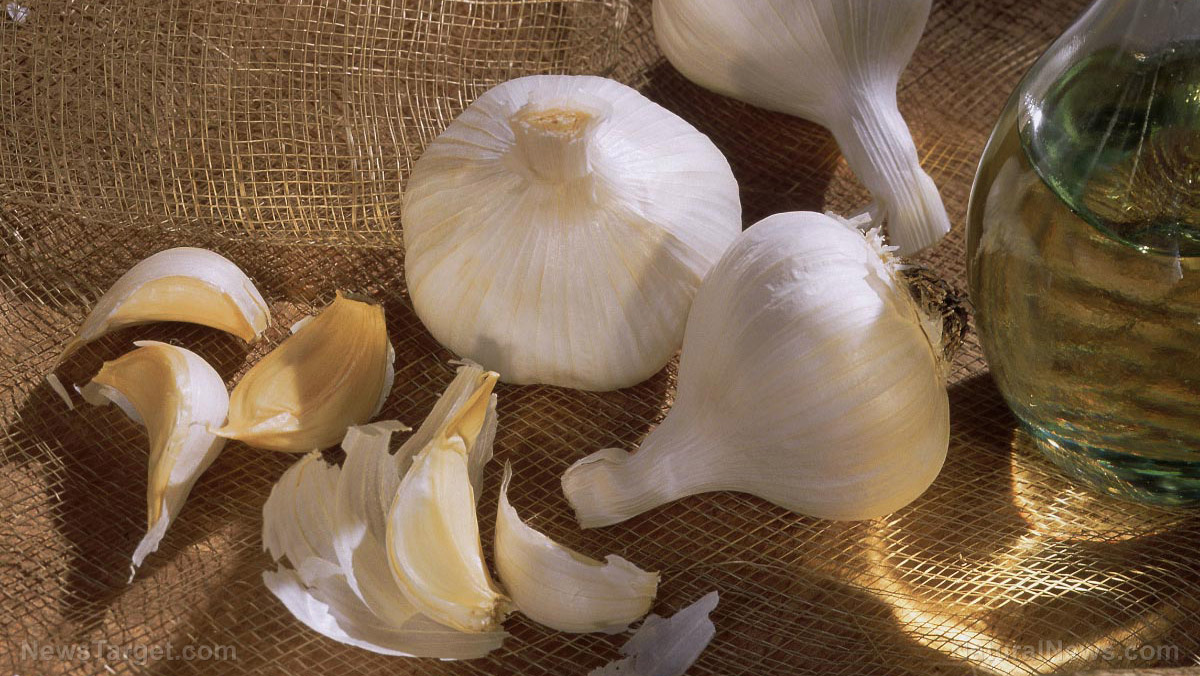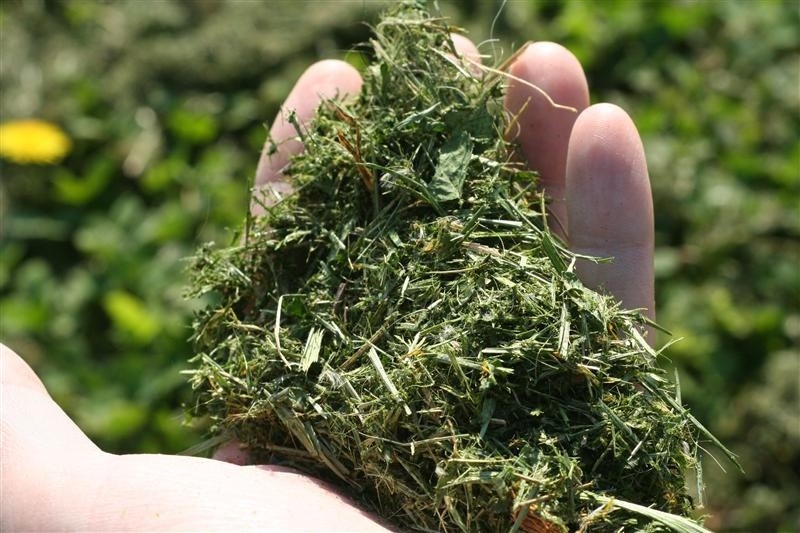How to build a portable chicken coop or chicken tractor
11/13/2017 / By Janine Acero

Ever had problems with having your chickens – especially laying hens – forage on fresh ground every week or two? It sure is difficult to manage your flock and find fresh ground for them at the same time. A movable, portable chicken tractor might just be the solution you’re looking for.
If you’re a novice carpenter, don’t fret; TheModernHomestead.com has published a detailed plan on how to build your own pasture coop.
From the ground up
It is advisable to build the bottom frame of your chicken tractor first; use two- by four-inch lumber and metal corner bases, then screw them together. Check the corners and diagonals to ensure your bottom frame is perfectly square.
Fasten two additional bottom pieces, or stringers, in the middle of your frame to provide greater stability to the chicken tractor.
You can also add a fence around your movable coop; just make sure you give each bird three square feet of space. A nine- by eight-feet coop is a good size for a dozen chickens.
Now, for the frame. You can decide what kind of frame you would like – you can build an A-frame or a box with a shed-type (slanted) roof. Use a table saw to rip two- by four-inch lumber into thinner pieces to build the frame, but make sure to use deck screws to fasten the pieces together instead of nails, so the frame will stay intact.
Your chickens, of course, will need roosts. You can build these by fastening additional stringers to the end framing, supported with wood in the middle, running the length of the coop. Roosts should be at least two feet off the ground. Additionally, you want to aim for six to 10 inches of roosting space per bird. You can build roosts out of recycled and re-purposed materials such as old ladders or some twigs and branches.
For your laying hens, you’ll need nest boxes. For the lower nest box, build a simple box out of two- by two-inch wood and add a piece across the middle for stability, then stapled hardware cloth onto the bottom. Lay this over the stringers that make the roosts and screw it to the end framing and the roosts.
Next, build four- to six-inch high sides of plywood and screw these directly to the frame of the nest boxes. Make sure roosts and nest boxes are fastened to the structure for stability. Nest boxes should be two feet off the ground, and give at least one square foot of nest space per four to five hens. You can use recycled materials such as plastic tubs and used wooden crates; attach these to the chicken tractor’s frame with screws.
You may add doors to the nest boxes with some plywood or other scrap wood, but make sure it has adequate ventilation. For an A-frame shape, the ends of the As will be the main ventilation for the entire coop. For a box shape, you can have all four sides open or shield two sides against the wind. It can also work as a structure to hold the nest boxes. Having two opposing sides open is good for air flow.
The chicken coop itself needs a door – you can build a lightweight frame with a cross support then staple chicken wire to it and to the frame of the tractor, either on both ends or all four sides, depending on your coop’s design. You can use flat metal braces to hold the door’s corners together.
Now, for the roof. As with most of the coop, the roof can be made from recycled materials such as galvanized steel, greenhouse plastic or even a tarp. Make sure the roof covers at least part of the chicken tractor. If your chickens never venture outside their coop, you can leave part of the roof open to allow some sunlight through, but be mindful of possible predators.
Lastly, attach the wheels to your chicken tractor. Analyze the terrain when deciding on the size of the wheels – bigger wheels for bumpy, uneven ground, and smaller ones for level, short-cut grass.
Now that your tractor is built, slowly move your chickens around and observe if any of them are getting caught under the back of the frame. (Related: Amazing homesteading ideas to help you become more self-sufficient.)
Read more about efficient homesteading tips at Homesteading.news.
Sources include:
Tagged Under: backyard chickens, chicken coop, chicken tractor, food independence, fresh food, homesteading, how to, movable chicken coop, personal ecosystem, portable chicken coop, Poultry



















